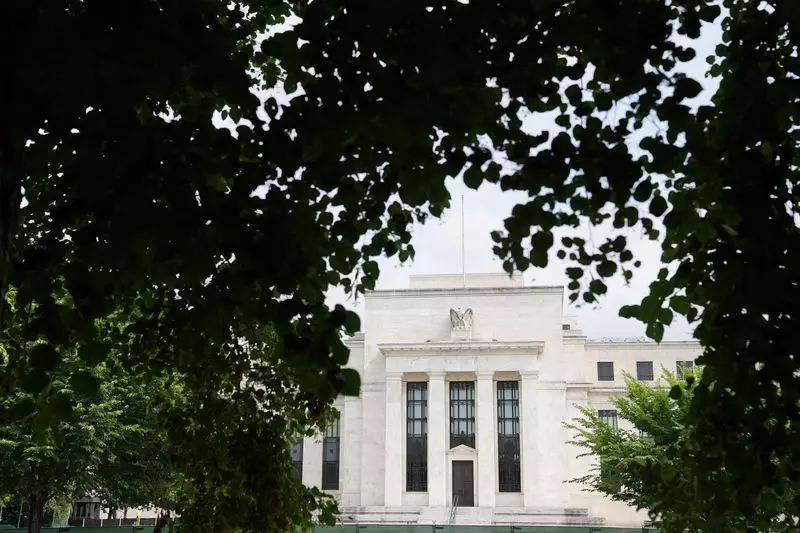Evercore ISI strategists believe that the Federal Reserve will most likely not explicitly pre-signal a rate reduction at the September meeting. They argue that the leadership of the Fed is methodically building a case for a rate cut and establishing internal consensus before making any definitive decisions. This caution in signaling a rate cut is based on the need for more data and analysis, with a potential signal expected only by the end of August. This interpretation challenges the expectations of many analysts who anticipate a 25 basis point rate cut at the September meeting.
The debate leading up to the July meeting revolves around the FOMC’s willingness to be forward-leaning and to support Chair Powell’s view on shifting risks to inflation and employment. According to Evercore, key factors to watch for in the statement include an upgrade in the language on inflation progress, an assessment of labor data moderation, and an increased emphasis on the balance of risks. However, the potential change in the third paragraph of the recent FOMC statement could signal a shift in the Committee’s stance on rate cuts, leading to uncertainty among economists and analysts.
Economists at Citi also anticipate a 25 basis point rate cut in September, with the likelihood of further cuts in subsequent meetings. They suggest that the July meeting will be used to build consensus and signal an upcoming rate cut, provided there are no significant surprises in inflation data. A potential increase in the unemployment rate could prompt the Fed to consider more aggressive easing measures, such as a 50 basis point rate cut in November. This cautious approach reflects the uncertainty surrounding the Fed’s policy path and the potential impact on financial markets.
In contrast, Macquarie economists predict a total of 75 basis points in cuts by early 2025, far beyond the expectations of other analysts. They argue that unexpected labor market weakening could necessitate a more aggressive easing cycle than currently anticipated. This forecast highlights the differing opinions among economists and the challenges in predicting the Fed’s future actions accurately.
Overall, the analyses provided by Evercore ISI strategists, Citi economists, and Macquarie economists offer varied perspectives on the potential Federal Reserve rate cut. The cautious approach of the Fed in signaling rate cuts, the uncertainty surrounding inflation and employment data, and the differing forecasts of total rate cuts all contribute to the complexity of predicting the Fed’s future monetary policy decisions. Investors and analysts alike must carefully consider these factors and the potential impact on financial markets when preparing for upcoming Fed meetings.

